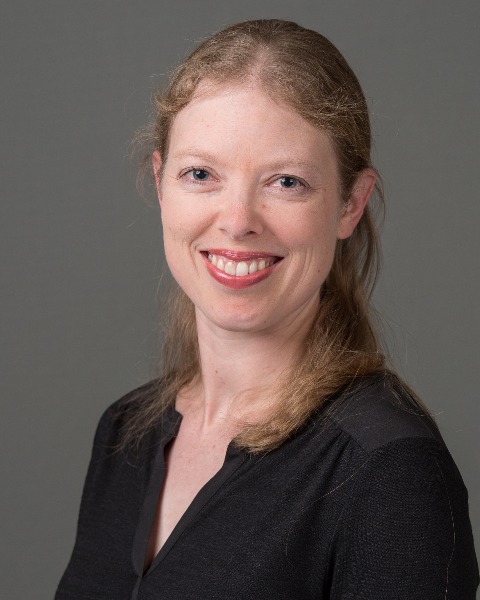Back
abs: Tarsal OC Progression in Standardbreds
Large Animal
abs: Tarsal OC Progression in Standardbreds
The Joint Disease Challenge – Emphasis on the Stifle
Saturday, October 15, 2022
10:30am – 10:45am
Location: C120-122

Annette M. McCoy, DVM, MS, PhD, DACVS-LA
Associate Professor
University of Illinois
Urbana, Illinois
Abstract Presenter(s)
Osteochondrosis (OC) is characterized by delayed endochondral ossification that may heal spontaneously or progress to osteochondrosis dissecans (OCD) fragments. Factors determining progression are poorly understood. Differences in OC lesion prevalence and distribution between Standardbred pacers and trotters have been reported, but it is unknown if gait biomechanics plays a role in this observation. The study objective was to determine if gait preference affected the natural progression of tarsal OC in a cohort of Standardbreds. We hypothesized that biomechanical differences between pacing and trotting would result in different distributions of OCD lesions. Tarsal radiographs were taken every 2 months from 2-12 months of age and foals were video monitored to document time spent pacing/trotting. Differences between groups were assessed using Chi-squared analysis. Survival analysis was used to determine if lesion healing differed between groups over time. Of 148 horses, 103 had OC lesions at 2 months of age while 32 progressed to OCD by 12 months. Most lesions that healed did so by 6 months of age. Gait was not associated with presence/absence of OC lesions or healing of lesions over time. Foals spent a very small amount of time trotting or pacing, making it unlikely that direct biomechanical effects of either gait played a role in the progression of OC lesions in this cohort. Limitations include the small sample size and lack of continuous video monitoring. While gait may not directly affect lesion development, further investigation of risk factors present prior to 6 months of age is warranted.
